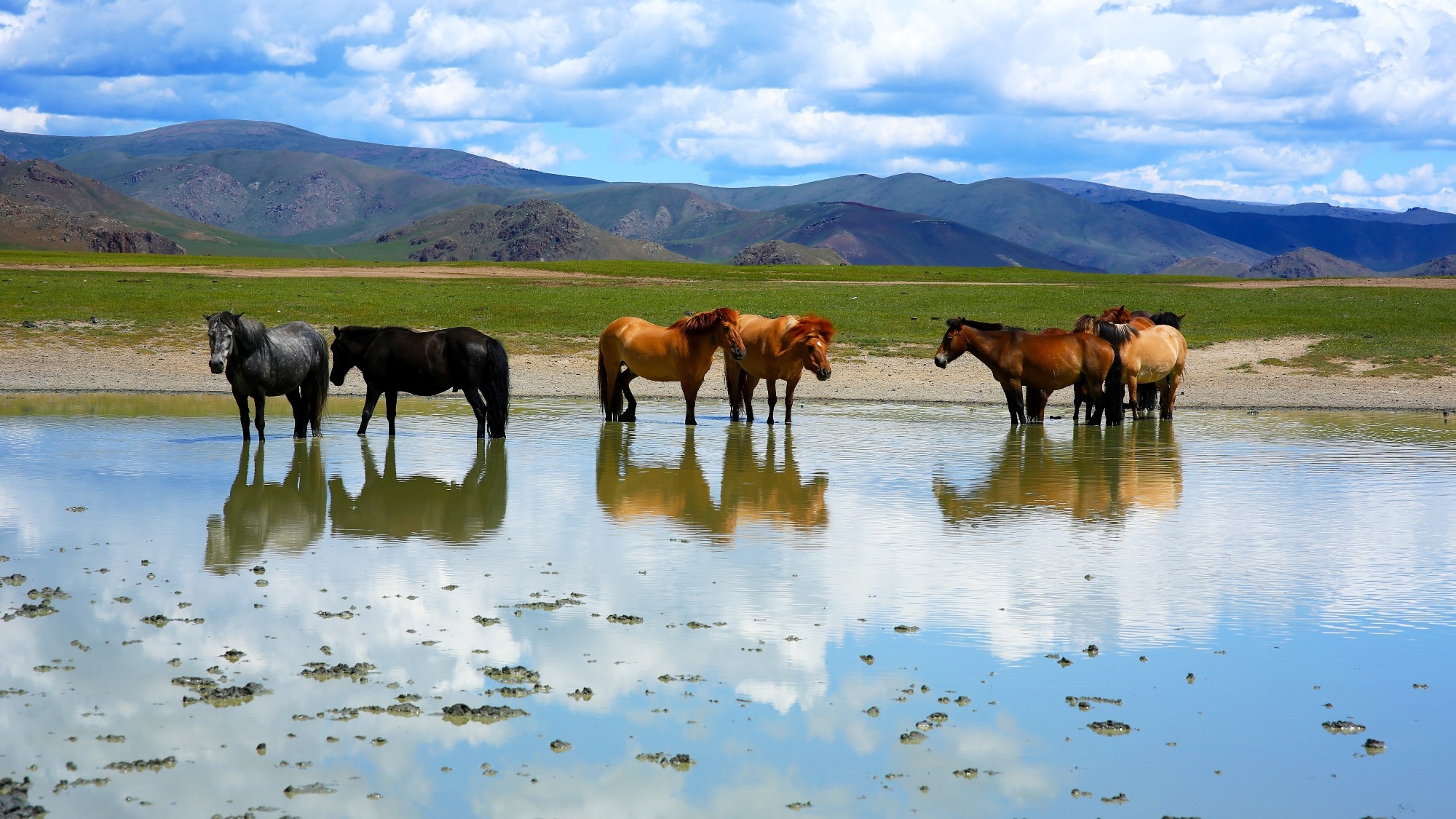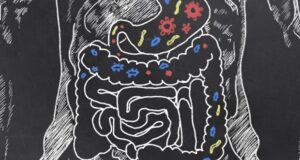Evidence of bird flu infections in horses signals a new frontier in viral spillover risks, demanding urgent action to monitor and mitigate cross-species transmission.
 Research Letter: Evidence of Influenza A(H5N1) Spillover Infections in Horses, Mongolia. Image Credit: kagemusha / Shutterstock
Research Letter: Evidence of Influenza A(H5N1) Spillover Infections in Horses, Mongolia. Image Credit: kagemusha / Shutterstock
In a recent study published in the journal Emerging Infectious Diseases, researchers screened samples from almost 1,000 Mongolian horses for Influenza A(H5N1). Study findings revealed that at least nine horses were asymptomatic carriers of the virus, the first confirmed evidence of bird flu infections in horses.
The study highlights the high likelihood of Influenza A virus (IAV) spillover to horses and other equids, particularly in regions like North America, where horses frequently encounter infected cows. The researchers noted that ecological conditions in these regions, such as high-density horse populations and endemic equine influenza virus (EIV), further increase the risk of viral reassortment.
Moreover, the study cautions against the potential reassortment of Influenza A(H5N1) with equine influenza virus (EIV), which could result in a novel influenza epidemic. It recommends that horse breeding premises conduct frequent serological surveys of their animals, ensuring the early detection and control of potential viral outbreaks.
Background
Influenza A(H5N1) is one of several “avian influenza viruses (AIVs),” notable for causing severe and usually lethal respiratory tract infections in birds. Colloquially termed “bird flu,” AIVs are garnering increased public interest due to their alarming ability to cross class barriers and infect several mammalian species (including humans). Influenza A(H5N1) clade 2.3.4.4b is particularly capable of this “genetic spillover,” with its increased incidence in birds corresponding to infections in mammals such as skunks, bears, raccoons, and foxes.
Scientists previously believed that H5N1 infections, though capable of transmitting from birds to mammals, were incapable of transmitting between mammals. Unfortunately, outcomes in minks and foxes reared for their fur in Europe (2022), alongside widespread wild pinniped epidemics, proved this common perception false. Subsequent outbreaks in American dairy cattle caused by the B3.13 genotype of H5N1 further demonstrated the virus’s capacity to cross species barriers.
While Egyptian donkeys have been documented to suffer AIV H5N1 infections, infections in horses have never been scientifically verified.
“Horses are natural hosts of equine influenza virus (EIV). Two subtypes of EIV have emerged, including 2 H3N8 strains and 1 H7N7 strain. All EIVs are thought to have originated from AIVs,” the study noted.
About the Study
The present study documents extensive and long-term (July 2021 – October 2023) efforts to genetically verify the presence of H5N1 in Mongolian horses. Three sampling events per year across 24 herds (14 from the Ugiinuur area of Arkangai Province and 10 from the Dashinchilen area of Bulgan Province) resulted in a total of 2,160 horse serum samples.
These samples were heat-inactivated and treated with receptor-destroying enzymes, following which IAV nucleoprotein-targeting enzyme-linked immunosorbent assays (ELISAs) were carried out. Virus neutralization assays were conducted to rule out cross-reactivity with EIV antigens, which could result in false positives.
Study Findings
Of the 2,160 horse serum samples tested, 997 were found to be nucleoprotein positive for IAV antigens. ELISA assays confirmed the presence of Influenza A(H5N1) in 9 samples, the first documented evidence of IAV infections in horses. However, virus neutralization assays confirmed only two samples with low titers of 1:20, suggesting a low level of infection. Of the remaining samples, 960 were negative for H5N1, while the remaining eight were doubtful.
Implications
This study highlights the capability of IAV clades to cross species barriers (birds or other mammals) and infect horses. Horses are natural hosts of EIV, viruses that are genetically similar to IAVs and potentially capable of reassortment with the latter. This presents the alarming possibility of novel viral subtypes, particularly in regions such as North America, where 30% of the global horse population is located, and ecological conditions conducive to EIV spread coincide with high contact rates between horses and cows carrying IAVs.
The present study recommends frequent serological surveys of horses and other equids (e.g., donkeys) raised in close proximity to dairy cows. This would allow for the prompt detection of potential viral outbreaks and provide data to inform control measures aimed at preventing influenza emergence.
Conclusions
The present study reports the first scientifically verified evidence of IAV transmission to horses (in Mongolia), highlighting the latter’s susceptibility to the former. It cautions herders and policymakers of the potential of viral reassortment between IAV and EIV, potentially resulting in entirely novel viral strains. It campaigns for the frequent surveillance and screening of horses, particularly in regions such as North America, which both have high densities of horses and ecological conditions favoring viral reassortment.
Journal reference:
- Damdinjav, B., Raveendran, S., Mojsiejczuk, L., Ankhanbaatar, U., Yang, J., Sadeyen, J….Murcia, P. R. (2025). Evidence of Influenza A(H5N1) Spillover Infections in Horses, Mongolia. Emerging Infectious Diseases, 31(1), 183-185, DOI: 10.3201/eid3101.241266, https://wwwnc.cdc.gov/eid/article/31/1/24-1266_article




